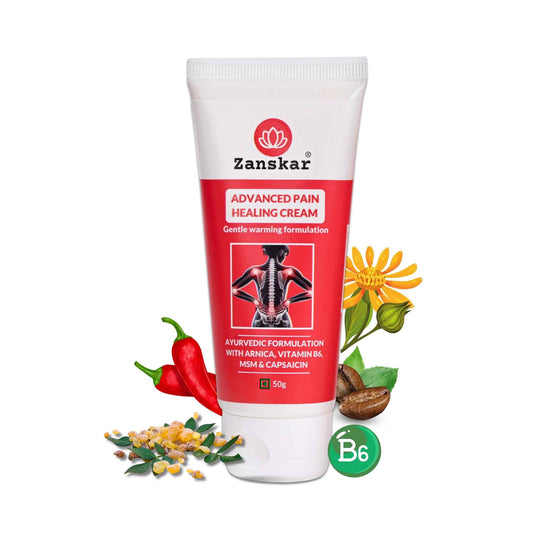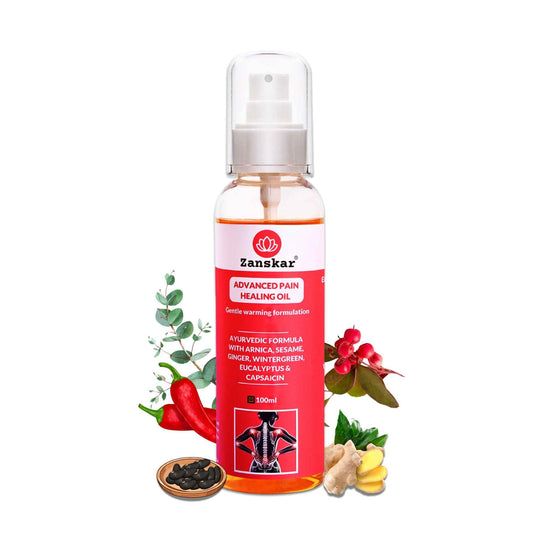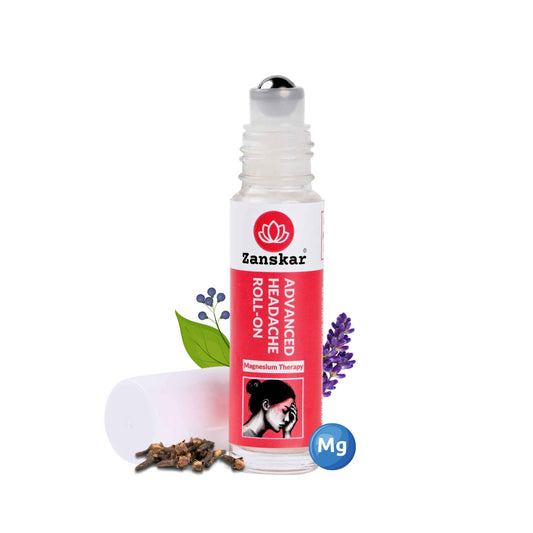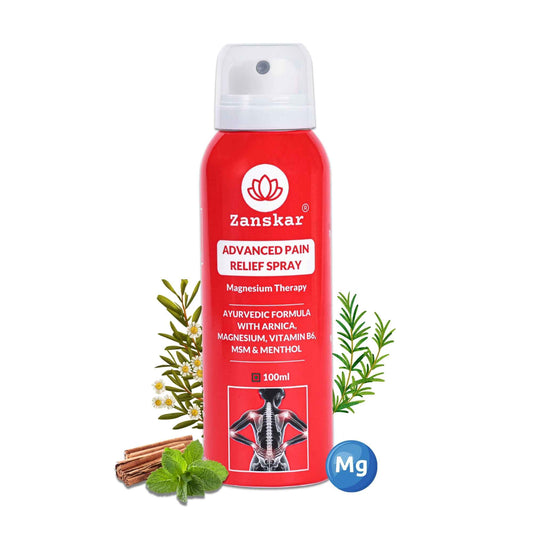
Do you have knocked knees? Read this explainer by Zanskar experts.
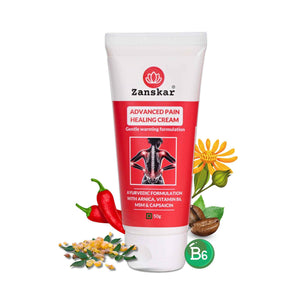
A condition in which the knees bend inward, touching (or “knocking”) even when a person is standing with their ankles apart, knock knee can affect people of all ages.
Knock knee, also known as genu valgum, is a malalignment of the knee with various causes, often leading to pain and degeneration of the knee if left untreated. Knock-knees can be congenital, developmental, or post-traumatic. The common theme that pervades all age groups is that the knee is abnormally loaded which can lead to pain, increasing deformity, instability, and progressive degeneration.
Correction of the deformity leads to improved knee mechanics, better walking, less pain, and prevents the rapid progression of damage to the knee.
What Is Knock Knee?
Knock knee is a condition in which a person’s knees angle toward each other and touch (“knock”), even when the person is standing with their ankles apart. While temporarily knocked knees is a standard developmental stage in most children, this often self-corrects by age seven or eight. Knock knees that persist beyond six years of age, are severe, or affect one leg significantly more than the other may be a sign of knock knee syndrome.
Knock knee that falls outside the normal developmental patterns may be caused by disease, infection, or other conditions. In these cases, orthopedic intervention may be required to treat the knock knee condition.
Is Knock Knee Normal?
Most children experience normal angular changes in their legs as they grow. When a child is born, they are typically bowlegged until they begin walking at 12-18 months. By the time the child is two to three years old, his legs should begin to angle inward, making him knock-kneed. However, knock-knee usually self-corrects by the time a child is seven to eight years old.
If the angular profile (the leg’s angle from hip to foot) falls outside normal patterns, worsens over time, or is present on only one side of the body, it may be indicative of a more serious form of knock knee requiring further evaluation.

What causes knock knee?
While knock knee is part of a child’s normal growth pattern, persistent forms of knock knee may stem from an underlying disease, infection, or injury. Some common causes of knock knee include:
- Metabolic disease
- Renal failure
- Physical trauma
- Joint Pain, particularly in the knee
- Bone infection (osteomyelitis)
- Rickets (a bone-weakening disease caused by lack of vitamin D)
- Congenital
- Growth plate injury
- Benign bone tumors
- Fractures that heal with deformity (mal-union)
Being overweight or obese can also put extra pressure on the knees and contribute to knock knee.
Symptoms of Knock Knee Syndrome
The most commonly observed symptom of knock knee is a separation of the ankles when the knees are together. Other symptoms of knock knee often arise as a result of the walking gait adopted by individuals with knock knee. These symptoms may include:
- Pain in knees, feet, hips, and ankles
- A limp when walking
- Stiff or sore joints
- Feet do not touch when standing with knees together
- Knee or hip pain
- Reduced range of motion in hips
- Difficulty walking or running
- Knee instability
- Progressive knee joint pain in adults
- Patients or parents may be unhappy with aesthetics
How is Knock Knee Diagnosed?
Knock knee is diagnosed through a thorough review of an individual’s medical history, pre-existing conditions, family history, and current health. It also includes a physical examination of the patient’s legs and observations of their gait. Diagnosis also includes a standing alignment X-ray. A standing alignment X-ray produces an image of the leg from hip to ankle which helps the orthopedist locate the mechanical axis of the deformity as well as its location.
How Is Knock Knee Treated?
If the underlying condition of knock knee is due to disease or infection, that disease or condition will be addressed before or as orthopedic correction begins. Treatment for mild cases of knock knee in children or adolescents may include braces to help bones grow in the correct position. If a gradual correction does not occur, surgery may be recommended.
In the growing child, guided growth minimal incision surgery may be used to encourage the limb to gradually grow straight. Osteotomy, in which the femur is cut, and then realigned may be needed. In some cases, the surgeon also places an external fixator. With external fixators, pins are inserted into the bone and protrude out of the body to attach to an external stabilizing structure. Physical therapy is also an important part of treatment, especially in cases where surgery has occurred.
In skeletally mature adolescents and in adults, osteotomy is the recommended treatment to straighten the leg.
Can exercises help?
Absolutely! Taking a proactive approach demonstrates promising outcomes in strengthening the muscles crucial for correcting knock knees and enhancing knee alignment.
1. Butterfly
This is a yoga pose that stretches your knee cap, and other adjoining muscles in such a manner that their alignment can be rectified.

2. Side lunges
Side lunges are great for knock knees correction, especially your inner thighs. Apart from that, it also helps to align your knees, so that you improve your posture and stance.

3. Cycling
Who would have thought that a basic exercise like cycling can help you correct knock knees? Do it at least for 30 minutes on a regular basis to position your knees better.

4. Sumo squats
If you observe carefully, then you will figure that doing sumo squats will move your knees outward. This makes it one of the best knock knees exercises. This movement helps in pushing the kneecap and the other muscles to their right location.

Leg raises are an effective exercise aimed at strengthening the quadriceps muscles, which play a pivotal role in achieving optimal knee alignment.

What Else Should I Know?
Kids with mild knock knees from normal development don't need to limit what they do. They can run, walk, and be as active as other kids. If your child is bothered by having knock knees, reassure them that it’s likely to get better on its own.
To treat knock knees from rickets, doctors usually recommend adding vitamin D and calcium to the child’s diet. Some kids with Rickets might need to see a specialist. Rickets due to a genetic condition (such as joint hypermobility syndrome) may need more specialised treatment by an endocrinologist.
Learn More About Zanskar Health
If you have cervical pain that makes it hard to move, Zanskar offers the most advanced full stack pain relief solutions for you.
Now available to purchase, Zanskar® Advanced Pain Healing Cream has a unique formulation of natural ingredients like Arnica, Vitamin B6, MSM and Capsaicin, which is trusted by over 20L+ pain sufferers globally. It provides lasting relief from muscle and joint discomfort that you can feel good about. Get your fix before stocks run out - buy now.
You can also gain access to therapeutic exercises and stretches for your condition by downloading the Zanskar Health physiotherapy mobile app. Additionally, you’ll have a personal care team to guide, support, and tailor our program to you, including behavioral and nutritional coaching.
Download our mobile app here 👉 download and track your exercise streak.
Medical Review: This article is written by Dr Nishtha Mittal (Senior Health Content Editor at Zanskar Health) and has been medically reviewed by the medical team at Zanskar Health. This article and its contents are provided for educational and informational purposes only and do not constitute medical advice or professional services specific to you or your medical condition.




